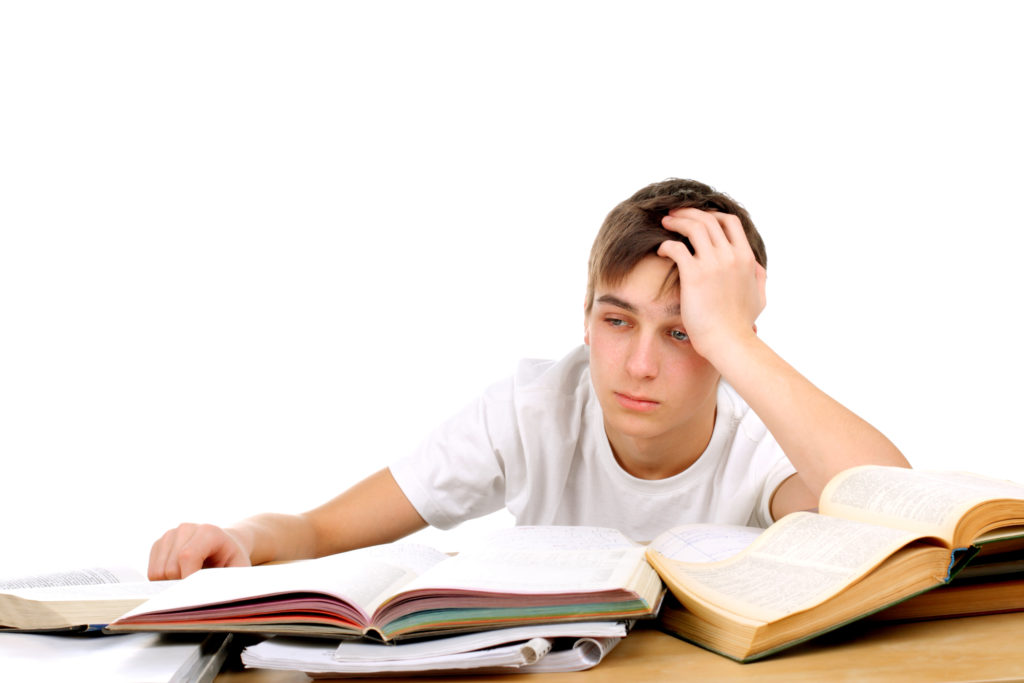Attentional Deficits & Hyperactivity In Children
ADHD In Children
Attention Deficit Hyperactivity Disorder is one of the most common neurodevelopment disorders of childhood and is the most
researched area of child mental health. ADHD is most commonly diagnosed in childhood, with symptoms presenting as early as 7 years of age. Estimates suggest that about 4% – 12% of children have ADHD, with boys being 2 to 3 times more likely to experience symptoms. Usually, these symptoms become more apparent as the child transitions into a structured academic setting. Children with ADHD may have trouble paying attention, controlling impulsive behaviors or be overly active.
There appears to be a genetic component to ADHD. Many parents of children with ADHD experienced symptoms themselves when they were younger. ADHD is also commonly found in brothers and sisters within the same family.
Most individuals seek help with the child’s symptoms begin to interfere with their ability to adjust to growing expectations in school and age appropriate activities.

Signs That Your Child Needs Assistance In Dealing With ADHD:
Although it is normal for children to experience difficulty with focusing and behavior at one time or another, children with ADHD experience these symptoms consistently. These symptoms negatively impact their ability to function appropriately at school, at home and with their peers.
A child with ADHD might:
- daydream often
- frequently forget or lose things
- squirm or fidget
- talk too much
- make careless mistakes or take unnecessary risks
- have a hard time resisting temptation
- have trouble taking turns
- have difficulty getting along with others

There are three different ways ADHD presents itself, depending on which types of symptoms are strongest in the individual:
- Predominantly Inattentive Presentation: It is hard for the individual to organize or finish a task, to pay attention to details, or to follow instructions or conversations. The person is easily distracted or forgets details of daily routines.
- Predominantly Hyperactive-Impulsive Presentation: The person fidgets and talks a lot. It is hard to sit still for long (e.g., for a meal or while doing homework). Smaller children may run, jump or climb constantly. The individual feels restless and has trouble with impulsivity. Someone who is impulsive may interrupt others a lot, grab things from people, or speak at inappropriate times. It is hard for the person to wait their turn or listen to directions. A person with impulsiveness may have more accidents and injuries than others.
- Combined Presentation: Symptoms of the above two types are equally present in the person.
The goals of behavior therapy are to learn or strengthen positive behaviors and eliminate unwanted or problem behaviors.
Behavior therapy for ADHD can include
- Parent training in behavior management;
- Behavioral interventions in the classroom;
- Peer interventions that focus on behavior; and
- Organizational skills training.
These approaches are often most effective if they are used together, depending on the needs of the individual child and the family.
Medication can be an invaluable support to help manage and alleviate symptoms associated with ADHD.
Several different types of medications are FDA-approved to treat ADHD in children as young as 6 years of age.
Stimulants are most commonly used for treatment of ADHD. It is estimated that between 70-80% of children with ADHD experience a decrease in symptoms when taking this medication.
Nonstimulants are also prescribed to children and adolescents when appropriate.
Medications can affect children differently and need to be monitored under the care of a qualified physician.
It is always recommended that children who are prescribed medication are also simultaneously participating in behavioral therapy to gain a better understanding of their symptoms and learn ways to overcompensate for these deficiencies.
Ways To Support Your Child:
-
Create a routine – Encourage following the same schedule each day
-
Implement organization – Empower your child to put their belongings in the same place every day
-
Manage distractions – Eliminate / limit noise, allow for a clean workspace and sufficient room for them to move around accordingly
-
Limit choices – Offer suggestions with minimal choices to avoid your child feeling overwhelmed
-
Be clear and specific – Use brief and clear directions and avoid moving on to the next step until the child has completed the previous task.
-
Discipline effectively – Avoid yelling or scolding for misbehavior. Instead, try to focus on providing positive reinforcement and supportive techniques
-
Provide opportunities – Find activities that your child would thrive in and encourage opportunities for involvement.



